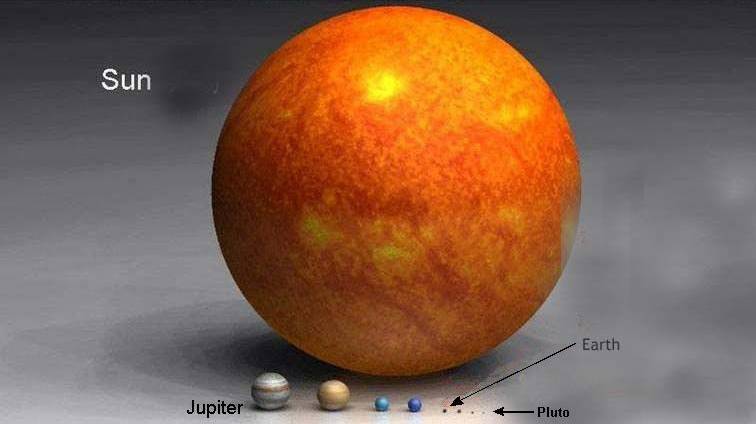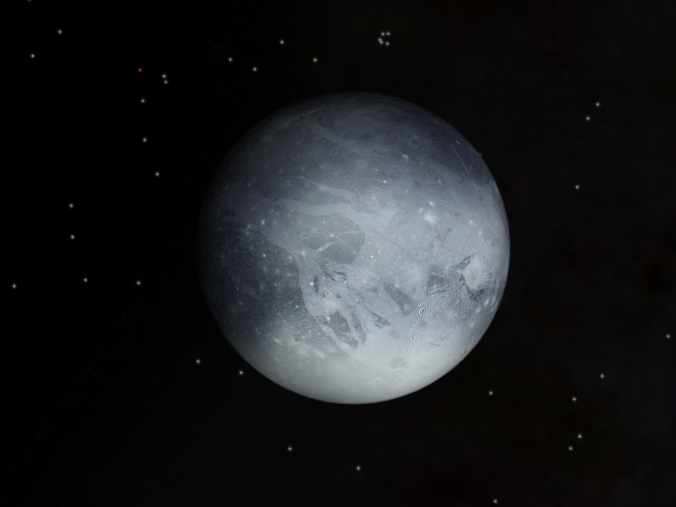https://twitter.com/DxTheMystery/status/1470101853174120458
this is a cool picture of the 5 planets, the moon and 2. asteroids that are visible in the night sky now.
this is a cool picture of the 5 planets, the moon and 2. asteroids that are visible in the night sky now.


 is visible in clear skies, if you know where to look.
is visible in clear skies, if you know where to look.

